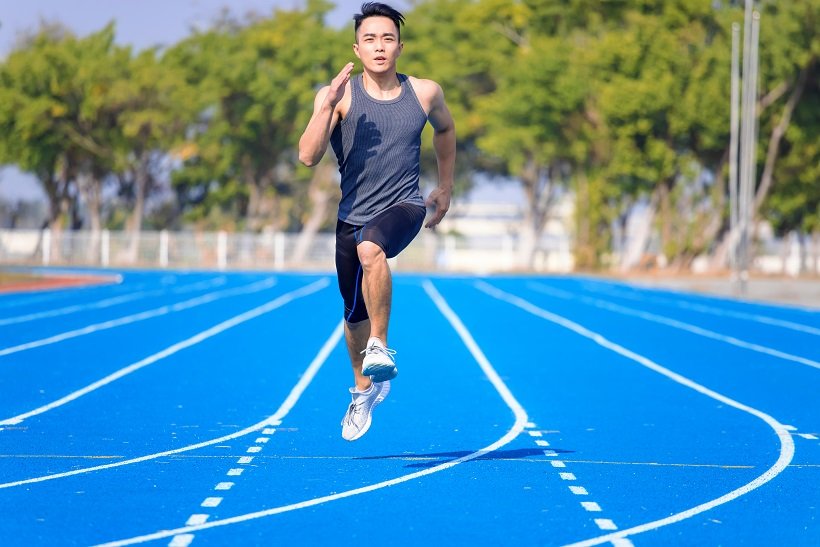Returning to Sprinting After Lower Limb Injury - A Peer Reviewed Approach
“The rehabilitation continuum is a combination of science and art. There is so much variability and individualization of rehabilitation programs based on a number of factors including but not limited to injury history, sport, level of sport, residual impairments, and response to training.”
In the International Journal of Sports Physical Therapy, Lorenz and Domzalski have released a detailed rehabilitation program for athletes returning to sprinting after a lower limb injury. The program is a simple 3-stage process with clear criteria for progression to reduce the risk of injury reoccurrence.
The full article can be accessed using the button below and a summary will also be posted here for coaches who are looking for a simpler form of the guide.
Stage 1: Returning to Running
Objective
Build confidence, work capacity for higher intensity runs, and overall fitness.
Criteria to Begin
Completion of a four week walk:jog program for 30 minutes.
Quadriceps and hamstrings of affected limb at least 70% strength as unaffected limb.
No pain or effusion.
Example Program
Athletes asked to perform each run at 50% of maximum speed.
Stage 2: Returning to Speed
Objective
Build repeated sprint ability
Criteria to Begin
Completion of stage 1.
Full passive flexion restored.
80-85% of strength restored in affected limb.
Example Program
In this stage of recovery, speed is gradually re-introduced and volume is gradually reduced.
Intensity should progress from about 70% of their maximum effort in Session 1, to 80-90% by Session 4.
Stage 3: Returning to Sprinting
Objective
Achieve maximum effort sprinting, restore normal sprinting mechanics, and improve confidence.
Criteria to Begin
Completion of stage 2.
Full passive flexion restored.
80-85% of strength restored in affected limb.
Example Program
Intensity should be high in all sessions, with each repetition performed between 90-100% of the athletes’ maximum effort. Athletes should have a ‘full recovery’ between sets.
At the successful completion of Stage 3 with no soreness and 95-100% of strength in the affected limb regained, full sprinting training may resume.
Have you tried this return to sport protocol with your athletes? Was it effective? Do you have any advice for other coaches on this topic? Let us know in the comments below.




